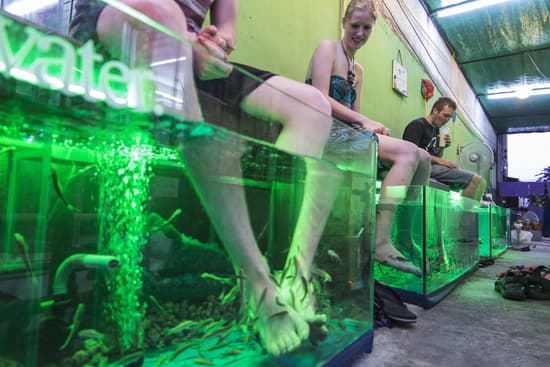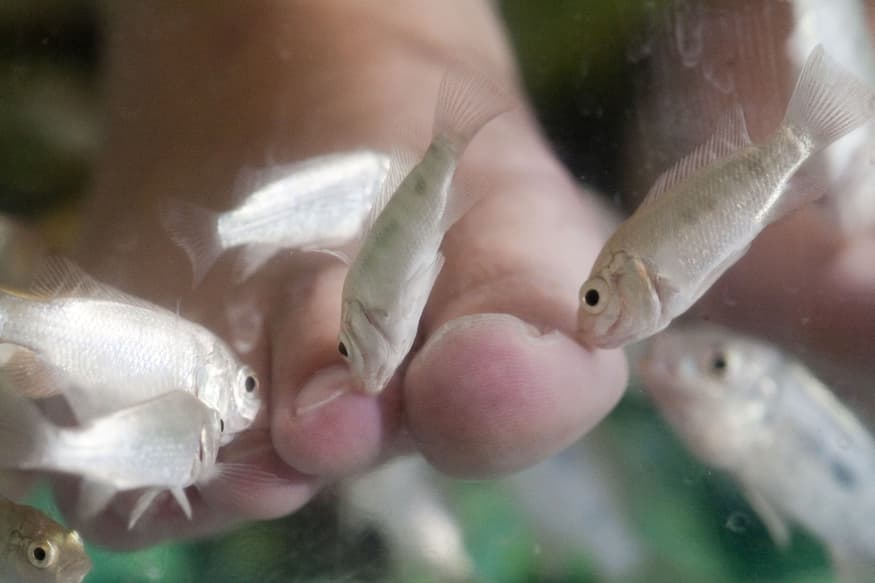There are few things in the world as relaxing as a pedicure, but one woman’s experience with fish pedicures ended up leaving her less than relaxed — and without her toenails.
According to a case study published in JAMA Dermatology, a New York woman went to get one of the popular treatments. Soon after, her toenails stopped growing and eventually fell out. She went to a dermatologist six months later and was diagnosed with onychomadesis.
The unnamed woman didn’t have any other symptoms — and wasn’t taking any other medications — so her dermatologist pointed the blame toward fish pedicures.
“While the mechanism of action is not entirely clear, it is likely due to the fish traumatizing the nail matrix,” Sheri Lipner, an assistant professor of dermatology at Columbia University’s Weill Cornell Medicine, told Gizmodo. The nail matix is the tissue that toenails protect.
Lipner treated the woman, but added that she does not “recommend fish pedicures for any medical or aesthetic purpose.”
What are fish pedicures?
Fish pedicures are popular, but controversial. The process involves putting the feet in a basin full of water — like other pedicures — but instead of a technician scrubbing your feet, freshwater fish known as Garra rufa do the dirty work. The fish are native to the Middle East and typically eat plankton, according to the U.S. Centers For Disease Control and Prevention. If no plankton are around, they’ll eat dead skin instead.
The Garra rufa fish have shown some help in treating psoriasis, but the study was done in a controlled medical environment, not in a salon.
Are fish pedicures safe?
Lipner said she doesn’t recommend the treatment because “in addition to onychomadesis, there are also serious infections associated with fish pedicures.”
In 2011, an outbreak of infection in British nail salons pointed directly to the pedicures. Tests conducted on Gaffa rufa fish shipped in from Indonesia showed they were infected with Streptococcus agalactiae (group B Streptococcus). This bacteria is known to cause everything from pneumonia to bone, joint and blood infections in people of all ages.

According to the CDC, fish pedicures pose risks because the basins can’t be properly cleaned and sanitized with them inside. The fish are often reused, meaning multiple fish pedicures are completed with the same fish. If that wasn’t enough, Chinese fish known as Chinchin are often mistaken for Garra rufa and can draw blood with their bites.
And it’s also cruel: The fish are often starved in order to get them to eat during fish pedicures.
Are fish pedicures legal?
Fish pedicures are illegal in 15 states, along with many parts of Canada and Europe. However, they’re still legal in many places — and people still get them regularly.
The woman in the JAMA Dermatology report probably isn’t among regular fish pedicure customers, but her nails will grow back — albeit really slowly. Toenails only grow about one millimeter per month.
“Therefore, we will have to wait quite a while to see the outcome,” Lipner told Gizmodo.
























